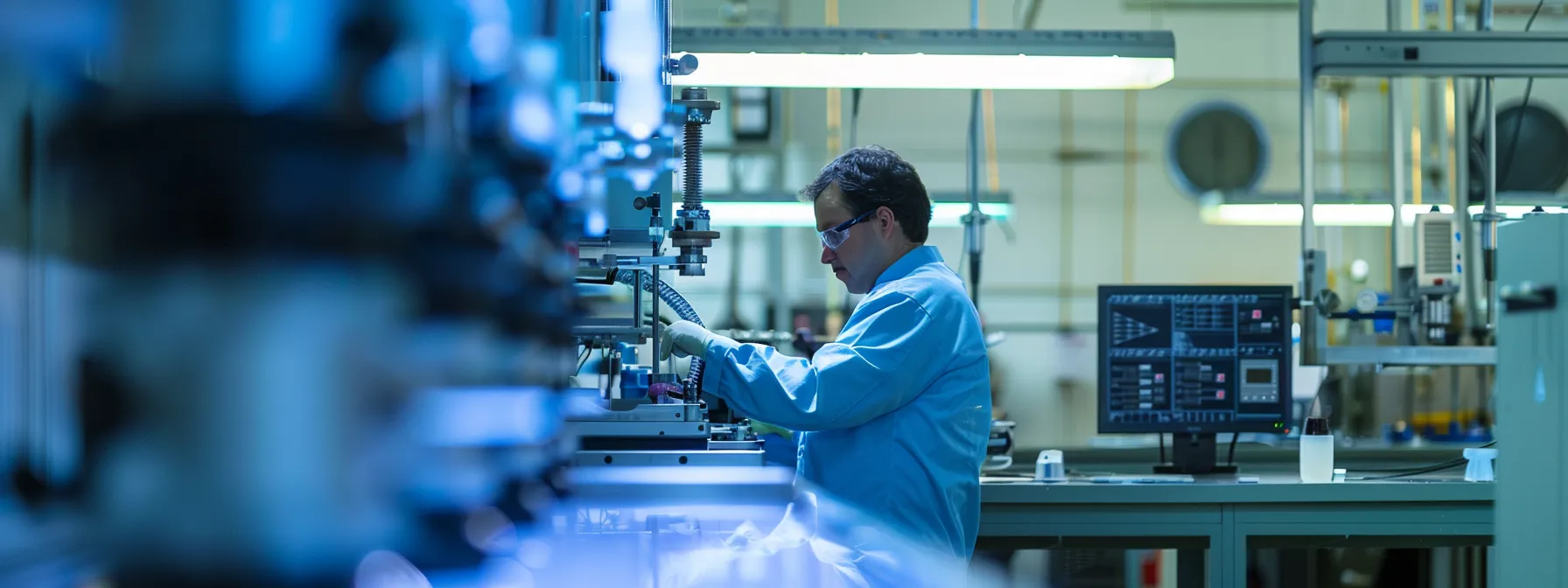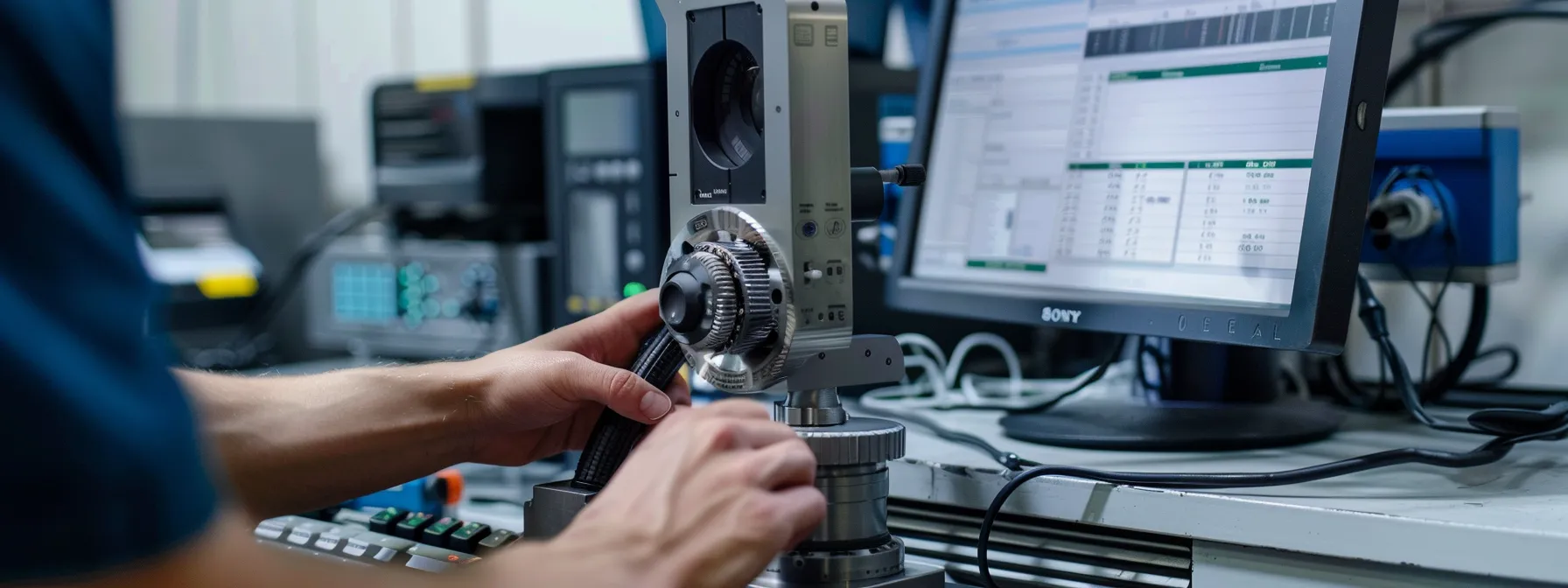In the realm of measurement tools, dynamometer force gauges stand out as critical instruments for assessing the force generated by machines, components, and materials. These devices are indispensable across various industries, from manufacturing to medical research, ensuring precision and reliability in force measurement. By providing accurate readings of tension and compression forces, they help engineers and technicians assess product performance and safety. With the advancement of technology, modern dynamometers are becoming more sophisticated and user-friendly. Keep reading to delve into the intricacies of dynamometer force gauges and discover their vital role in numerous applications.
Understanding Dynamometer Force Gauges: Overview and Applications

Dynamometer force gauges are vital tools used to measure the force applied by objects or systems in units like pounds, newtons, or kilograms. They play a key role in testing material strength, product durability, and ergonomics across various industries such as automotive, aerospace, medical research, and sports. These gauges help engineers and professionals analyze everything from engine output to muscle strength, ensuring products and performances meet required standards.
Choosing the right force gauge depends on factors like accuracy, measurement range, and ease of use in different environments. For highly precise tasks, especially those involving delicate materials or detailed repairs, the GD-200 3h model stands out as an excellent option. Its specialized design guarantees reliable and accurate readings, making it ideal for professionals who demand exact measurements.
Key Features of High-Quality Dynamometer Force Gauges
High-quality dynamometer force gauges prioritize measurement accuracy, offering high resolution and minimal error margins to prevent costly mistakes in development and quality control. Their robust construction ensures durability, with materials and protective casings designed to withstand harsh conditions, drops, and vibrations.
User-friendly interfaces, digital displays, and connectivity options like USB or Bluetooth enhance data transfer, trend analysis, and reporting efficiency. Versatile models accommodate a wide range of force measurements, from light to heavy loads, making them adaptable across various applications. These combined features support efficient, reliable testing and streamlined data management in demanding environments.
How Dynamometer Force Gauges Work: The Science Behind the Measurements
Dynamometer force gauges measure force through stress and strain principles. When force is applied, internal components like load cells and strain gauges deform proportionally, converting this into readable data. Load cells are typically made from elastic, durable materials such as stainless steel or aluminum, allowing consistent measurements.
Strain gauges detect deformation and translate it into electrical signals. Calibration ensures accuracy, with both manufacturer and third-party services used to maintain performance. Advanced dynamometers include features like temperature compensation for stable readings in varying conditions and peak force indicators that capture maximum applied force, making them valuable for detailed and precise force measurement applications.
Comparing Different Types of Dynamometer Force Gauges for Various Uses

Dynamometer force gauges come in various types, each tailored to specific needs. Mechanical dynamometers are simple, durable, and cost-effective, ideal for quick field tests without electricity. Digital force gauges offer high precision and data connectivity, making them suitable for detailed lab analyses.
Hydraulic dynamometers are built for measuring large forces, converting pressure into readable outputs, and are valued for their robustness in heavy-duty applications. Choosing the right type depends on factors like portability, data logging, force range, and environmental resistance. Selecting the appropriate gauge enhances accuracy and efficiency in testing and measurement processes across different industries.
Maintenance and Calibration Tips to Ensure Accurate Force Measurements
Regular maintenance is key to keeping dynamometer force gauges accurate and reliable over time. Cleaning the device and using protective covers helps prevent dust buildup and physical damage. Routine calibration by certified providers, following manufacturer guidelines, ensures ongoing measurement precision. Preventive care, such as proper storage, gentle handling, and avoiding overload or extreme conditions, can reduce the risk of damage and extend the gauge’s lifespan.
Maintaining a detailed log of all maintenance and calibration activities offers valuable insights into performance trends and potential issues, supporting consistent functionality. These combined practices preserve both the gauge’s accuracy and its value as a long-term testing tool.
Overall, dynamometer force gauges are indispensable instruments in precise force measurement, with various models catering to different industry needs. From sturdy mechanical gauges suitable for field work to sophisticated digital models designed for laboratory accuracy, understanding the nuances of these devices is crucial. With proper maintenance and calibration, these tools provide the backbone for quality assurance and research, offering precise and dependable data that professionals across a wide range of industries rely on every day.
- The Ultimate Guide To Comfortable Pants for Women: Finding Style for Every Occasion - September 29, 2025
- Understanding the Copper IUD: A Comprehensive Guide to Non-Hormonal Birth Control - August 20, 2025
- The Evolution of Tactical Clothing in Outdoor Adventures - August 19, 2025




